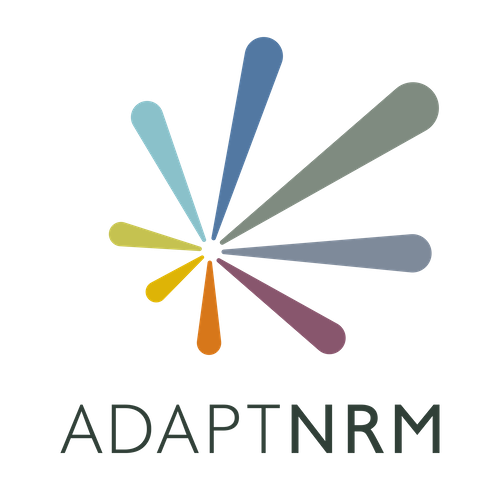Reflection is an integral part of any adaptive management, and under a climate affected future has additional importance.
This is when you can decide if it’s time to consider adjusting actions as part of an adaptation pathway or even adjust overarching objectives. This is the stage where your planning can become truly adaptive and when you can make decisions about reducing potential for maladaptation or when transformative adaptation might be required.
We have identified three questions to help you assess whether your reflection approaches are supporting climate adaptation planning and outcomes.
-
 Do you reflect on where you are among the range of possible futures for your region?
Do you reflect on where you are among the range of possible futures for your region?If you answered yes
You will have a good knowledge of the possible climate futures you may need to adapt to. As new knowledge becomes available you can assess whether you need to adjust your planning.
If you answered no
See the diagrams on pages 6 and 11 of this plenary talk by Mark Stafford Smith from CSIRO, which illustrate conceptually the idea of thinking about where you are in adaptive versus maladaptive space, and where you are headed. Consider making a diagram like this with more detail about what these spaces are like for your region:
Once again, scenario planning tools can be helpful here to reflect on where you are tracking compared to where you could be headed. SEQ CARI description of the scenario planning process:
DEPI’s (Victoria) outline of a process for visioning:
Have limited resources?
This exercise can be done without creating new projections or scenarios but by reflecting on the knowledge and experience you have.
-
 Do you reflect on the processes that you followed in preparing a climate adapted NRM plan, not just the plan itself?
Do you reflect on the processes that you followed in preparing a climate adapted NRM plan, not just the plan itself?If you answered yes
You will be in a position to effectively adjust your process and outcomes which increases likelihood of achieving successful outcomes.
If you answered no
This may be an ideal stage of planning to revisit this whole technical guide, quickly progressing through the Checklist to see if there were elements of the planning process that deviated significantly from the suggestions here, and critically evaluating whether you believe such deviations limited the ability of your plan to effectively address climate adaptation.
Have limited resources?
While reflecting on the planning process must be in addition to normal reflection on the plan itself and associated implementation, it need not be resource intensive as reflection processes are usually internal discussions, possibly with some community and stakeholder engagement. Reflecting on the planning process just requires that a few additional topics be covered in those discussions or consultations.
-
 Do you reflect on whether it’s time to consider shifting actions, based not just on monitoring their effectiveness but also based on trigger points for future decisions?
Do you reflect on whether it’s time to consider shifting actions, based not just on monitoring their effectiveness but also based on trigger points for future decisions?If you answered yes
You are in good shape to adapt effectively. You can continue the planning cycle and increase the effort you put into aspects that are important to your stakeholders.
If you answered no
You should take a simple approach to try and complete this step and develop skills to ensure you can do this effectively. This will help you to build on the work you have done in other components of the planning cycle and gradually build a comprehensive climate change adaptation plan for your region.
Have a look at a simple adaptation pathways diagram (Figure 7.4) in Lowe’s report for one of the first adaptation pathways, identifying staged actions over time to protect the Thames estuary if and when sea levels rise different amounts. It gives you an idea of how multiple potential actions can be mapped according to the climate futures over which they will likely be effective, giving a clearer idea of which actions truly are options at any given time.
- Lowe, J. A. et al. 2009 UK climate projections science report: marine and coastal projections. Exeter, UK: Met Office Hadley Centre.
- http://ukclimateprojections.defra.gov.uk/media.jsp?mediaid=87898&filetype=pdf
Have limited resources?
If an adaptation pathways approach was built into implementation plans and monitoring, then reflection should involve a simple assessment of whether monitoring data suggests a key trigger point has been reached. If a full pathways approach has not been adopted, this kind of reflection can still be done, but requires an assessment of whether existing actions are likely to cease being effective before new actions can be fully implemented. It thus involves expending some of the resources for developing an adaptation pathway, potentially enlisting the help of an expert in adaptation decision-making.

